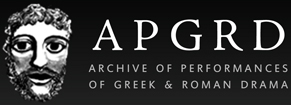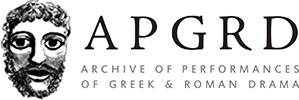Original id:
10696
Start date:
1 January 1719
Degree of relationship to ancient play:
Distant relative
Production notes:
The libretto for this production was an adaptation of Antonio Salvi's libretto Astianatte, first set by Perti for Florence in 1701 (see Sartori ID 3265). The libretto can be linked to Euripides via Racine's Andromaque: it is an adaptation of Racine's tragedy into an opera libretto; according to the operatic convention the ending is modified into a 'lieto fine' (happy ending). This production took place in the carnival season of 1719 (between Christmas and Lent). Gasparini modified the opera for another production at the Regio Ducal Teatro in Milan in 1722, with a different cast of singers which included women (Sartori ID 3272). The libretto for this production mentions that the interval entertainment featured acted intermezzi, but does not provide the scenarios for those. A further production of this opera took place in Macerata in 1729 (Sartori ID 3275a).
Media of production:
Opera, musical and related genres
Languages:
Italian

